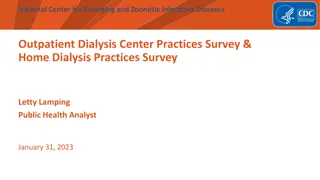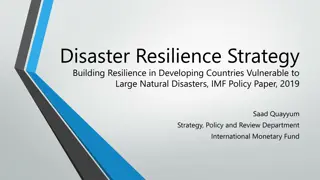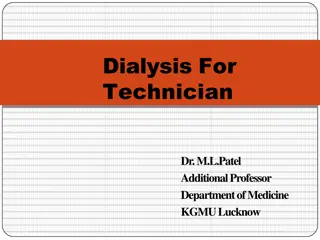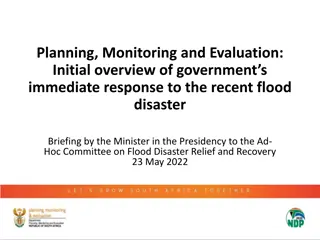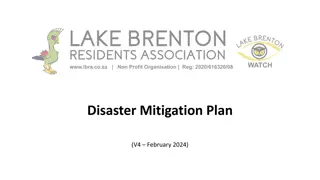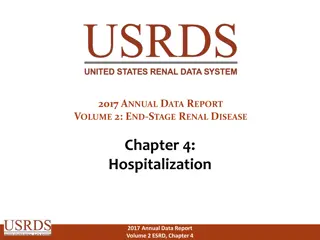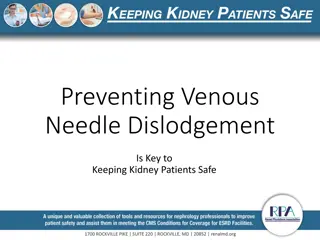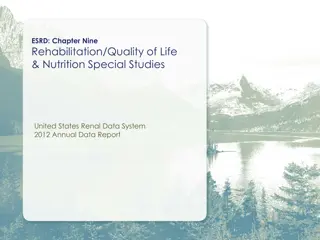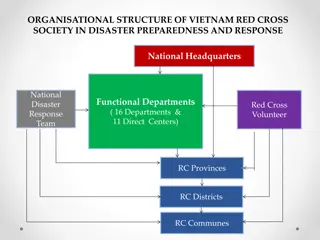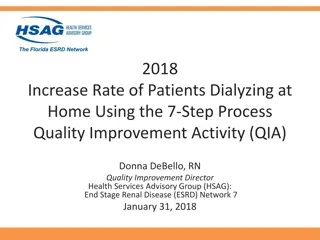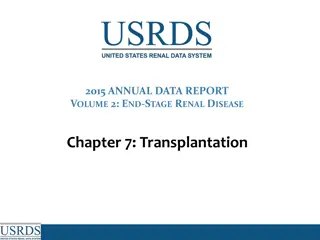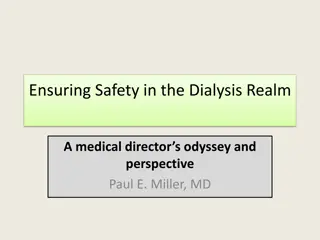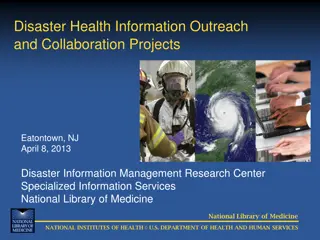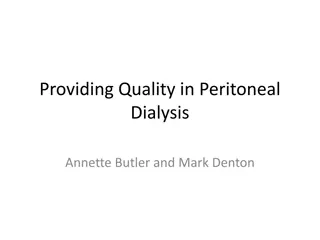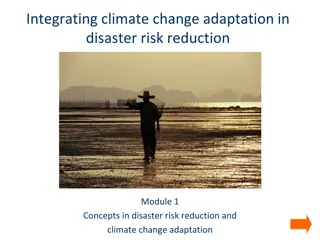Supporting Dialysis Patients in Times of Disaster
Dialysis is a critical process for patients with kidney issues. This article discusses the types of dialysis, importance of regular treatment, identifying dialysis patients, meeting their specific needs, and special instructions during disasters.
Download Presentation

Please find below an Image/Link to download the presentation.
The content on the website is provided AS IS for your information and personal use only. It may not be sold, licensed, or shared on other websites without obtaining consent from the author.If you encounter any issues during the download, it is possible that the publisher has removed the file from their server.
You are allowed to download the files provided on this website for personal or commercial use, subject to the condition that they are used lawfully. All files are the property of their respective owners.
The content on the website is provided AS IS for your information and personal use only. It may not be sold, licensed, or shared on other websites without obtaining consent from the author.
E N D
Presentation Transcript
What is dialysis? Dialysis is a process of cleaning wastes and extra fluid from the blood artificially. There are two major types of dialysis either Hemodialysis or Peritoneal Dialysis. Hemodialysis is done using a machine with an external kidney . This process is typically performed three times a week. Peritoneal Dialysis differs and these patients will require other considerations. http://info.cdcare.org/logo/CDC%20Logo_Blk_wTagline.jpg
What is a dialysis patient? High blood pressure, diabetes and some genetic conditions can cause the kidneys to stop working. Once the kidneys stop working patients need a way to remove toxins-wastes from their bodies. In order to filter a patients blood each patient must have an artificial access. Dialysis patients have two different types of access. Patients have either an internal access where needles are placed each treatment or patients have an external catheter. Catheter patients require careful attention due to the higher incidence of infection. http://info.cdcare.org/logo/CDC%20Logo_Blk_wTagline.jpg
What happens when a patient misses dialysis? Dialysis treatment is critical to the survival of any patient with End Stage Renal Disease. Fluid overload Shortness of breath High potassium Nausea Vomiting Confusion Will lead to death http://info.cdcare.org/logo/CDC%20Logo_Blk_wTagline.jpg
Identifying a dialysis patient The dialysis patient will look like anyone else and will require questions asked about their ESRD status. Some will have medical alert tags but this may not be typical. If patients miss treatment, they may initially present with flu-like symptoms and will rapidly decline if left untreated for long periods. http://info.cdcare.org/logo/CDC%20Logo_Blk_wTagline.jpg
Meeting the patients needs Make sure the patient s access site is clean. (Soap and Water) Encourage patients to watch their fluid intake as dialysis patients have highly-specialized diets restrictions Dialysis patients require lower intake of foods such as: orange juice, tomatoes, cheese, soda, and other high phosphorous foods. http://info.cdcare.org/logo/CDC%20Logo_Blk_wTagline.jpg
Special instructions Notify the Renal Network in times of disaster and to help in identification of operating dialysis units. http://info.cdcare.org/logo/CDC%20Logo_Blk_wTagline.jpg
How a dialysis patient should prepare for a disaster? Patients should have a special three-day meal in times of emergency. Instruct patients to watch fluid intake. Provide each patient with emergency numbers for their clinic. Review emergency take-off and disaster plan with patients annually. Internally every provider will have identified back-up units to meet patient need. http://info.cdcare.org/logo/CDC%20Logo_Blk_wTagline.jpg
Community Resources Local emergency rooms Kidney Foundation of Ohio The Ohio Renal Association Individual dialysis companies located in Cuyahoga County: FMC, Davita and CDC Each facility will have an internal disaster preparedness plan and all organizations will work together to meet the needs of the dialysis patients in times of disaster. http://info.cdcare.org/logo/CDC%20Logo_Blk_wTagline.jpg
Questions to ask the patients Symptoms: Ask the patient how they are feeling Allergies: Ask the patient if they have any allergies Medications: Ask what medications they take Past history: Ask when the last dialysis treatment was Last oral intake: Ask patient the last time they ate Events leading up to the disaster: Who is your doctor, what hospital do you go to, how long is your dialysis treatment http://info.cdcare.org/logo/CDC%20Logo_Blk_wTagline.jpg
Transportation The majority of dialysis patients rely on some form of transportation other than themselves personally. It will be important in times of disaster to organize a contingency plan for how patients will get to dialysis treatment. There are a number of medical transportation companies such as Physician s Ambulance that regularly transport patients and would be appropriate resources in times of disaster. http://info.cdcare.org/logo/CDC%20Logo_Blk_wTagline.jpg
Dialysis related equipment Dialysis treatments require highly specialized equipment. This equipment which includes water systems all require some source of electrical power. It will be important to identify dialysis facilities in the county who have generators. http://info.cdcare.org/logo/CDC%20Logo_Blk_wTagline.jpg
The importance of water Dialysis treatments rely heavily on water. Each dialysis unit will have highly specialized equipment that cleans and filters the water. Identifying things such as water main breaks and other water related emergencies will be important when considering the treatment of dialysis patients in a disaster. http://info.cdcare.org/logo/CDC%20Logo_Blk_wTagline.jpg
Dialysis personnel It would be important during times of disaster to identify dialysis-trained personnel who could assist in the identification and triage of patients. Dialysis is a very specialized field in healthcare and requires specific training to treat patients and operate dialysis equipment. Dialysis nurses and technicians are specifically trained and provide care under guidelines set forth by the OBN and State of Ohio. http://info.cdcare.org/logo/CDC%20Logo_Blk_wTagline.jpg
Conclusion Dialysis patients need to get somewhere for treatment. If a patient has a catheter, they require qualified assistance to prevent infection. External environment considerations are important such as water and power. Each dialysis center will have an individualized disaster plan. The Renal Network 4/9/10 will have pertinent information for the dialysis patients in Cuyahoga County: 317-257-8274 http://info.cdcare.org/logo/CDC%20Logo_Blk_wTagline.jpg







